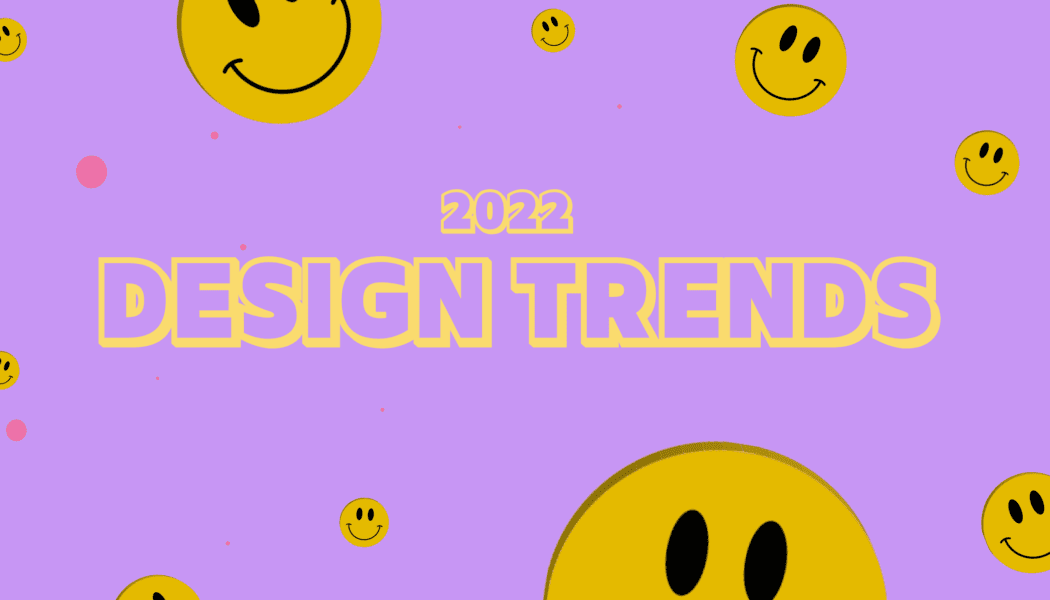Has anyone ever asked you if your site is accessible or if it is ADA compliant? We get those questions a lot from clients, which is great because it means that they are aware of this crucial component that a website needs to have.
Let’s take a step back. What do the terms “website accessibility” and “ADA compliant” mean, anyway?
Web Accessibility
According to the Web Accessibility Initiative, “web accessibility means that websites, tools, and technologies are designed and developed so that people with disabilities can use them.”
ADA
The ADA refers to the Americans with Disabilities Act which was implemented in 1990 and “prohibits discrimination against individuals with disabilities in all areas of public life, including jobs, schools, transportation, and all public and private places that are open to the general public.”
It is important to note that web accessibility is not only for those with disabilities. It helps a wider breadth of people including older populations, users who access sites on smaller-sized screens of various sizes, people that have limited access to the internet, and more.
There is no denying the importance of being able to successfully access the internet. It affects virtually every aspect of our lives and has become an essential resource for all of us, which is why it is considered a fundamental human right.
It’s also worth mentioning that there can be legal implications if a website is not accessible.
That being said, we can’t stress enough how important it is to get website accessibility right from the beginning of a website project.
Work with a web design and development agency that knows their stuff
Regardless of what web design and development agency you partner with, make sure that they have a firm understanding of the importance of accessibility.
During initial project discussions, ensure that being ADA compliant is on their radar and is being implemented throughout the design process. If you aren’t sure, just ask!
Towards the tail end of a website project, there will be a Quality Assurance (QA) phase. This is where the agency will do manual checks on every single inch of every single page to ensure that there are no accessibility issues, among many other things. They will also use browser-based extensions that can help check if a site has been built in an inclusive way.
After they’ve combed through the site, they will hand it to you for one more QA round before approval. Keep your eyes peeled!
Quick tips for making your site accessible:
- Make sure that headings are descriptive. The user needs to be able to immediately understand the purpose of a page from the title.
- CTAs must describe what action clicking them will bring i.e. “sign up” or “contact us”.
- Avoid long pieces of text on a page. This can make reading content difficult for people with visual impairments, so we recommend breaking the text up into small pieces.
- Be very intentional with color usage and understand color contrast. A bad color combination can render a page illegible for users.
- Allow users to control audio and playbacks so that they can comfortably digest content.
- Ensure that navigation is consistent and provides easy orientation indications across the site through features like breadcrumbs.
- ALT tags need to be added to every single image on your site. Blind people browse sites using assistive technology (AT) and alt tags help read those images to them.
- Add subtitles to videos for users who have hearing issues.
- Feedback for any actions taken on the site must be provided i.e. if the user enters their email address in a form incorrectly, they must be informed of that error. Similarly, when a form has been submitted, the user needs to be notified that this has been completed successfully.
No website should be built without accessibility in mind anymore, it’s simply unacceptable these days. We firmly believe that all users, no matter what should be able to successfully navigate a website and access the information they are looking for. Inclusive design builds a good rep with users, shows empathy, and makes a site more pleasant for everyone to navigate. There are really no downsides to this one!
If your site isn’t accessibility friendly, we highly recommend implementing some of our tips immediately.
Are you looking for website building experts who love to create products with everyone in mind? Get in contact!

